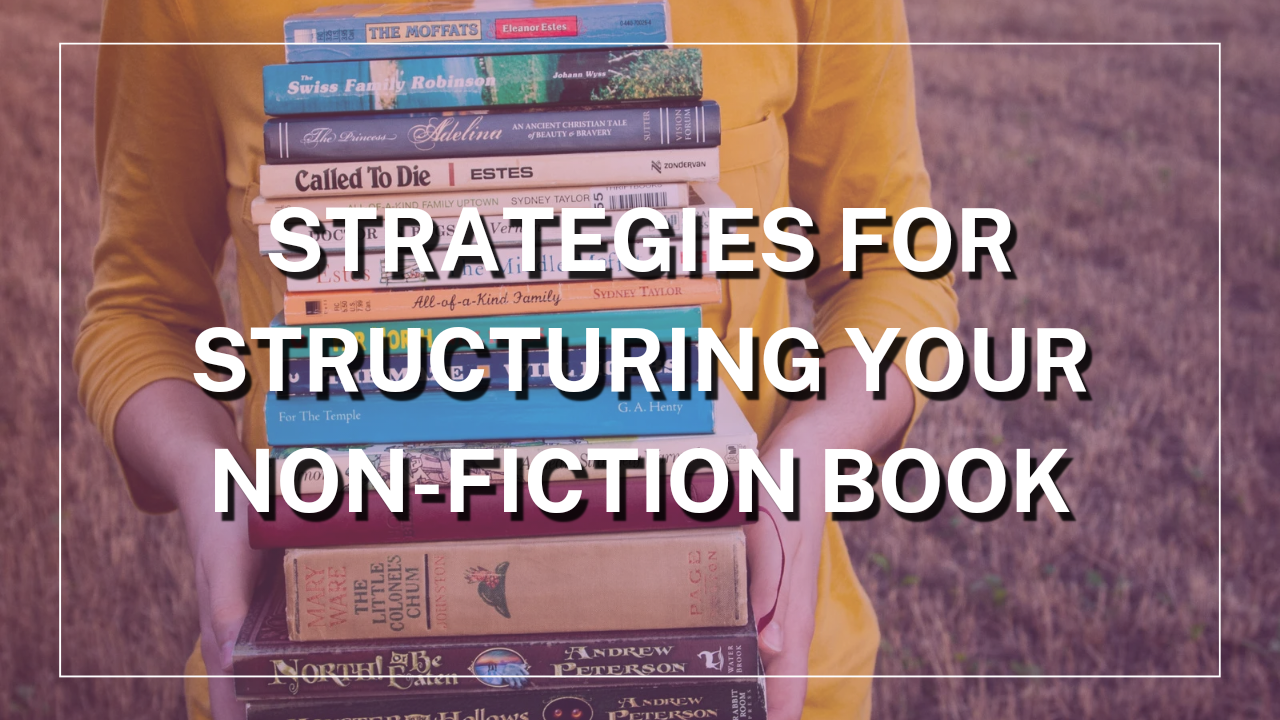Writing a non-fiction book is a great responsibility that requires a deep understanding of the subject matter as well as a well-organized structure. The right structure of a non-fiction book serves as a roadmap for your readers, allowing them to read the content in a comprehensive and engaging way.
Here are some key strategies to help you structure your non-fiction book effectively.
1. Understanding the Purpose and Target Audience
Clearly defining your goal and target audience is essential before you start organizing your book. What do you want the readers of this book to learn from it? Who are the people who read your writing? The responses to these queries will direct your organization. A memoir might be organized chronologically or thematically, but a self-help book written for professionals might need a more formal format. You may arrange your information in a way that appeals to your audience by being aware of their requirements and expectations.
2. Outlining the Narrative
The foundation of your book is its outline. Make a list of the head subjects or ideas you wish to discuss. These will probably be your chapters. Make a list of the topics and subtopics you want to cover under each chapter. This procedure guarantees that you don’t overlook any important details while also assisting you in seeing the larger picture. A thorough outline divides the book into smaller, easier-to-read chunks, which helps to organize the writing process.
3. Structure and Flow
Non-fiction books can be structured based on content and goals. Chronological structures are suitable for historical accounts, while thematic structures are used for different themes. Problem-solution structures are effective for how-to books or addressing specific issues. Step-by-step structures guide readers through a process. Along with the structure, a logical flow is essential, with each chapter building on the previous one. Smooth transitions between chapters maintain reader interest and address any questions at the end of each chapter.
4. Use Stories and Examples
Even in non-fiction, storytelling is a powerful tool. Incorporating relevant stories, case studies, or examples can make your content more engaging and relatable. These elements should be strategically placed within your chapters to illustrate and reinforce your key points. You can incorporate personal experience as a way of connecting with your readers.
5. Revise and Refine
Once you’ve completed your draft, take the time to revise and refine your structure. Are the chapters in the best possible order? Is there any content that feels out of place? Are your transitions smooth? This stage is crucial for ensuring that your book is cohesive and delivers its message effectively. It might take several drafts until you finally get what you want. You can also get help from your friends to check if the book has a proper flow, transition and readability.
Although structuring a non-fiction book can be difficult, you can produce an engaging and well-organized work with careful planning and organization. You can lead readers through your information in an interesting and educational way by knowing why you’re writing it, selecting the best format, and making sure it makes sense. Keep in mind that the organization of your book is essential to communicating your ideas clearly and effectively.

